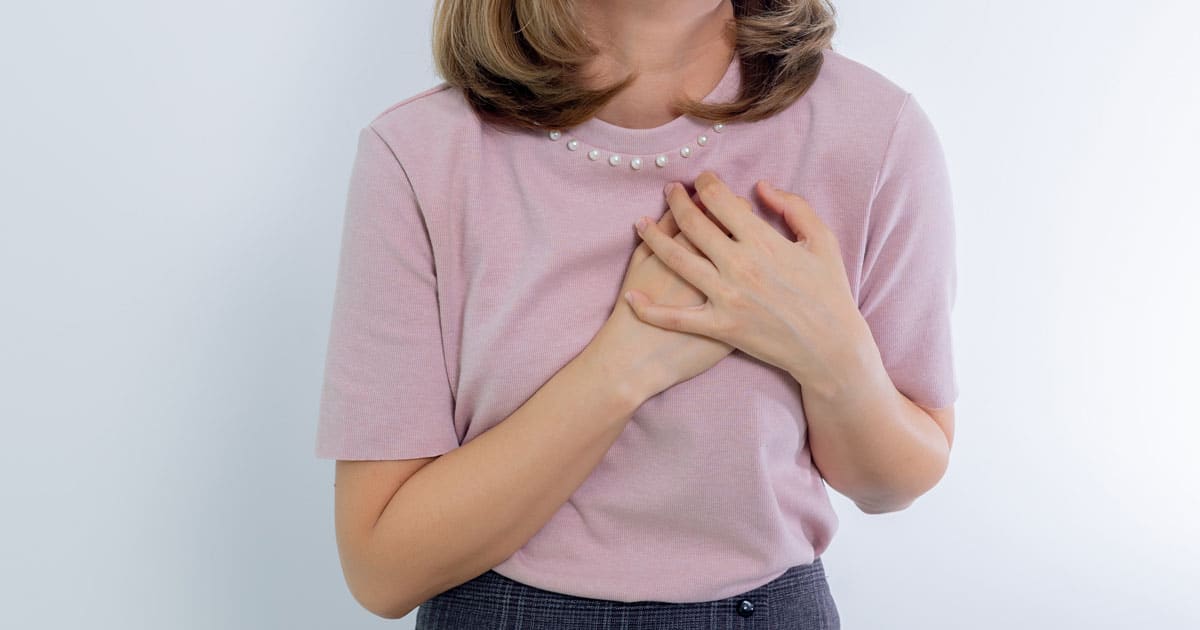More than 28000 Indians lose their lives to heart attacks yearly, according to a report published by the Ministry of Home Affairs. What’s alarming is that there has been a 54% increase in heart attack deaths from 2012 to 2021, according to the report.
More people are dying of heart disease today than ever, but a dangerous lack of clarity still lurks among the vulnerable. The best thing you can do is get a defib course to tackle this kind of situation in time. Let’s shed some light on common heart conditions that can lead to a heart attack or cardiac arrest.

This knowledge will enable you to understand when a person is having a heart attack vs. suffering a cardiac arrest and will empower you to take the right actions to save their lives.
What is a heart attack?
A heart attack occurs when an artery supplying blood to the heart becomes blocked by a clot. This blockage causes the heart muscle to be starved of blood and oxygen, which doesn’t allow it to work efficiently, causing a ‘heart attack’.
What is cardiac arrest?
Cardiac arrest occurs when the heart suddenly and unexpectedly stops pumping blood effectively. This usually happens because of a problem in the electrical signals in your heart that leads to arrhythmias and not because of a clot in a heart artery.
When this happens, blood stops flowing to the brain and other vital organs, leading to unconsciousness.
Sometimes patients having a heart attack suffer from electrical problems and a dangerous heart rhythm that can lead to cardiac arrest and death.
What are the symptoms of a heart attack?
When a person has a heart attack, he or she usually experiences the following.
- Pain in the chest area or discomfort that doesn’t go away
- Pain or discomfort that spreads to the neck, jaw, arm, back, shoulder, and the abdomen
- A feeling of pressure or burning in the chest
- Light-headedness
- Dizziness
- Shortness of breath
- Vomiting
- Nausea
Heart attack symptoms differ widely amongst patients. Sometimes, a person can have a heart attack without the classic heart attack symptom of chest pain, especially if he has diabetes. Some people can also have no pain during a heart attack; they just feel uncomfortable.
How do you know that a person is experiencing a heart attack?
Watch out for the following signs-
- Is the person sweaty?
- Is he suffering from breathlessness?
These TWO big signs will help you understand that the person may be having a heart attack. It is also pertinent to know that a heart attack patient remains conscious during a heart attack.
You need to call an ambulance now, and while waiting for it to arrive, you have to make the patient sit down comfortably and keep him or her calm.
What are the symptoms of cardiac arrest?
A person suffering from cardiac arrest usually becomes unconscious as the brain isn’t getting enough oxygen.
The patient will also not be able to breathe properly, if at all.
In this case of a medical emergency, you can start CPR (Cardiopulmonary resuscitation), chest compressions, and rescue breaths to keep the patient alive until the ambulance arrives. You have to fight for every heartbeat the patient takes.
Important to understand:
The most important thing to know here is that a heart attack happens when blood flow to the heart is blocked, but the heart has not stopped beating. On the other hand, cardiac arrest occurs when the heart suddenly stops beating altogether.
A cardiac arrest requires medical care within minutes to save the life of the patient.
Things to do to prevent heart attack and cardiac arrest
Change in lifestyle:
A heart-healthy lifestyle can help reduce the risk of sudden cardiac arrest and heart attack.
Follow these guidelines for prevention:
- Have a healthy weight
- Stop smoking
- Eat a balanced diet
- Get moderate exercise of 150 minutes per week
- Manage stress levels
You have to take great care if you or a loved one fall under these ‘High Risk’ categories for cardiac arrest if you have the following conditions:
- Prior heart disease
- Diabetes
- Recent heart attack
- Prior stroke
- High bad or LDL cholesterol
- High blood pressure
Talk with your doctor about the best preventive exercise and diet recommendations for optimal health.
A heart-healthy diet
Go for a diet that includes fruits and vegetables, nuts, whole grains, vegetable oils, fish, and white meat. Cut out red meat, alcohol, processed foods, refined carbohydrates, beverages, foods with added salt and sugar, and foods with trans fat that clog heart arteries.
In short, stay away from chips, bread, cakes, ice creams, soft drinks, and alcohol. Do also remember to stop smoking to reduce the chance of getting heart disease by as high as 31%.
Your life is precious. We urge you to seek expert medical advice or consult a qualified health provider with any questions regarding your medical conditions. The above content is for general educational purposes only and is not the final authority.

